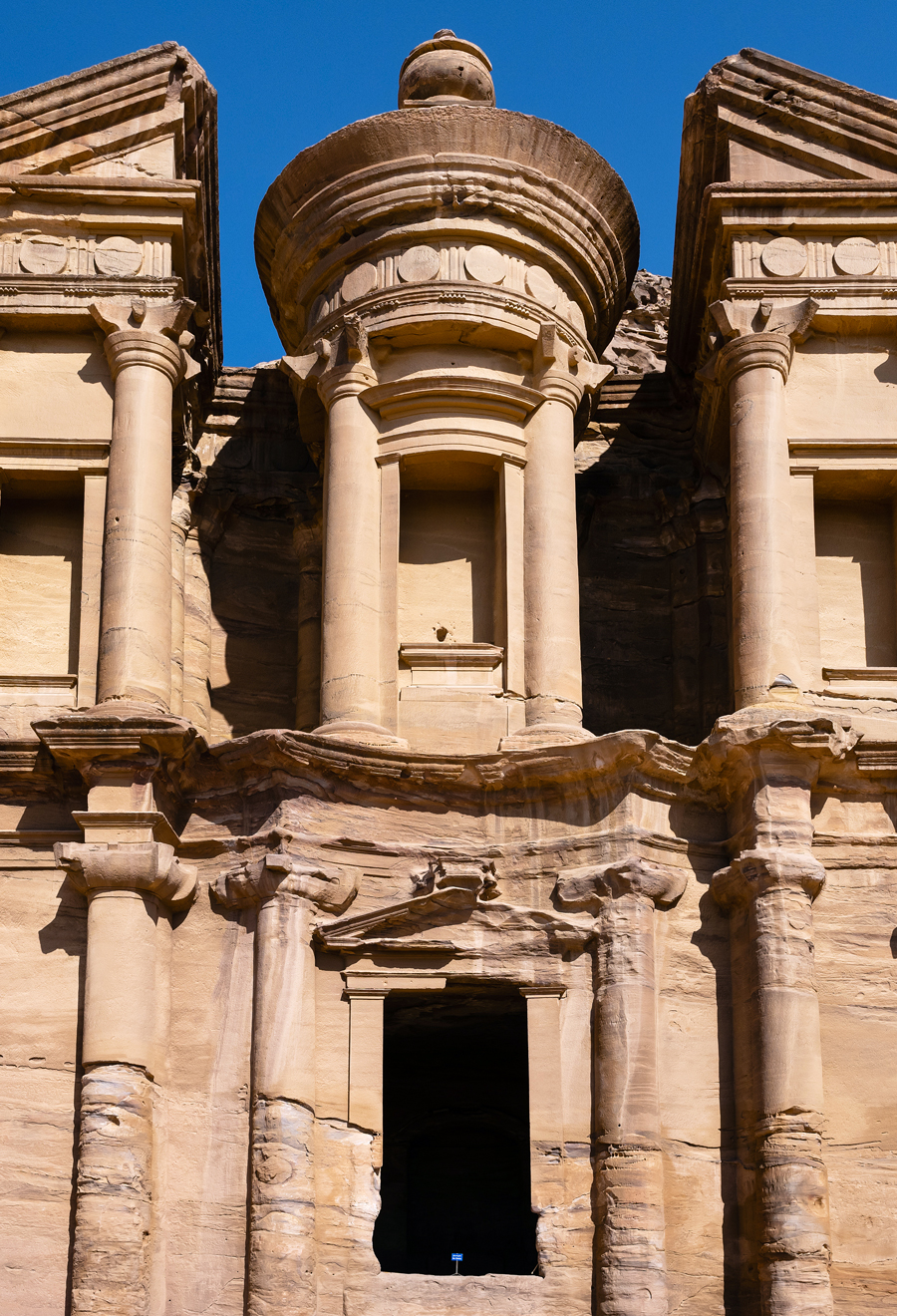The world’s ancient wonders feature on many bucket lists, but how much do you really know about them? In some cases, even archaeologists and historians have struggled to figure out precisely what purpose they once served. But in many respects, the more mysterious they are, the keener travelers are to visit. From Machu Picchu to Stonehenge, dive into the fascinating histories of six of the world’s most famous ruins.
Treasury Building – Petra, Jordan
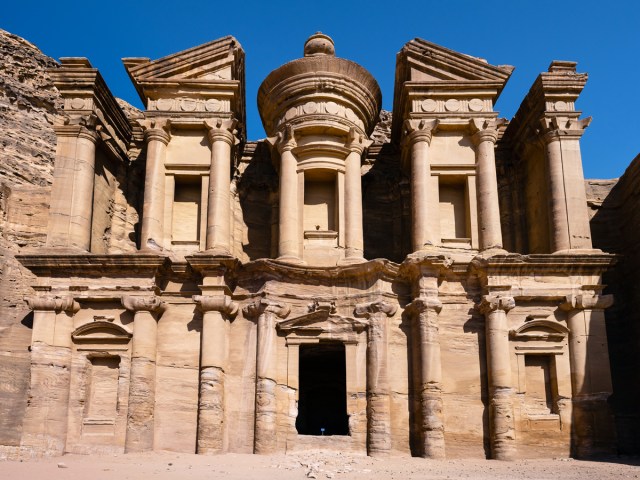
The Nabataeans built Petra as their capital, carving dozens of buildings out of the desert’s distinctive rose-red sandstone. The civilization flourished in southern Jordan between the fourth century BCE and 106 CE, but Petra appears to have been completely abandoned by the middle of the seventh century. Today, many visitors approach the popular site — once hidden to the outside world until a Swiss explorer discovered it by accident in 1812 — via the Siq.
This narrow slot canyon leads to Petra’s most recognizable building: the Treasury (Al Khasneh). Historians estimate it dates back to about the first century BCE. No more than an elaborate façade, it conceals a small hall in which a royal tomb may once have been placed, making it likely this could have been a mausoleum for a time. A solid rock urn bears the bullet holes from shots fired by those who once believed it contained treasure. Nearby, the Deir (Monastery), another rock-hewn highlight, is an unfinished tomb that was later used as a church during Byzantine times.
The Parthenon – Athens, Greece
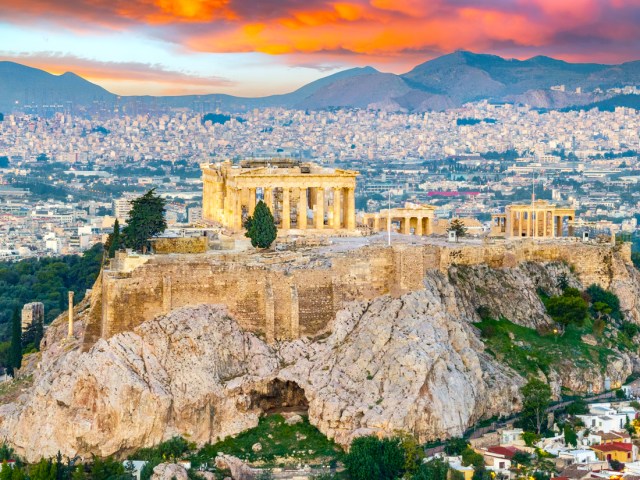
Dating back more than 2,500 years, Athens’ most prominent landmark has a long and fascinating history. Originally, the Parthenon was built as a shrine honoring the Greek goddess Athena, as the centerpiece of an impressive temple complex. The Parthenon’s hilltop location meant that it could be seen from all over Athens; as such, it became an emblem of the city.
Over the course of its existence, the Parthenon has been repurposed as a Byzantine church and, under the Ottomans, a mosque. Earthquakes, fire, gunpowder and looters have all taken their toll. Yet it remains an architectural icon, copied and adapted all over the world — including in Nashville, Tennessee, which is home to a full-size replica. Interestingly, the Doric columns that support the structure were tapered to achieve the illusion of symmetry; those on the four corners are wider than the others.
Machu Picchu – Peru
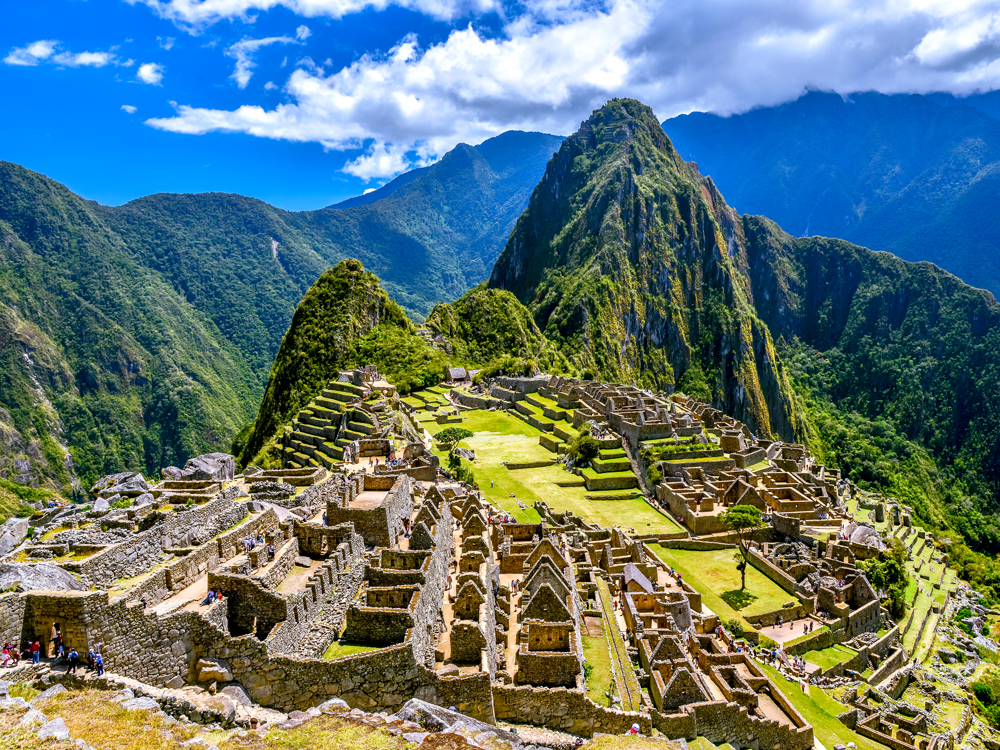
The Inca Empire once stretched from southern Colombia to Chile, but its capital was in Cusco, a city high in the Peruvian Andes. Remaining undiscovered by the Spanish after they colonized the region, the nearby site of Machu Picchu lay hidden for centuries. To this day, despite extensive excavations, the sprawling ruin is still an enigma. There are no written records that definitively identify what it was used for, though many theories have been offered — perhaps it had a ceremonial or religious focus, or possibly it was a fortress or a crop testing site.
Current thinking holds that it was most likely the palatial base for Pachacuti (Pachacútec), who was the ninth Sapa Inca, ruling from 1438 to 1471. Royal retreat or not, its skillfully crafted stonework and breathtaking location now make Machu Picchu a favorite among travelers.
Stonehenge – England
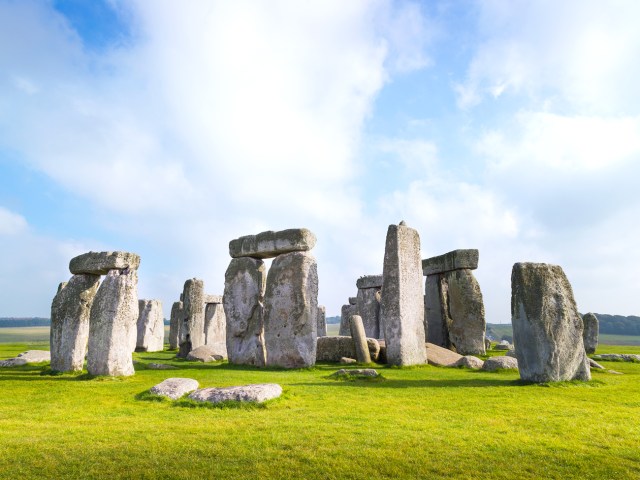
Stonehenge has occupied a commanding position on Salisbury Plain in southern England for approximately 5,000 years. Building this stone circle would have been a colossal undertaking, yet historians can only guess at why the Neolithic and Bronze Age peoples who built it went to so much trouble. Some of the stones used in its construction even came from quarries that were 180 miles away from the site.
One of the most intriguing aspects of Stonehenge is the Heel Stone. It was once one of a pair of stones (the other since lost) that aligned perfectly to frame the sunrise on the summer solstice. Similarly, on the shortest day of the year, the sun would have set within Stonehenge’s tallest trilithon (the name given to two upright stones topped with a lintel). Perhaps, therefore, Stonehenge was an ancient solar calendar or simply a place where people came to celebrate the solstices. Other theories that have been put forward include it being a burial ground or Druid temple.
Temple of Kukulcán – Chichén Itzá, Mexico
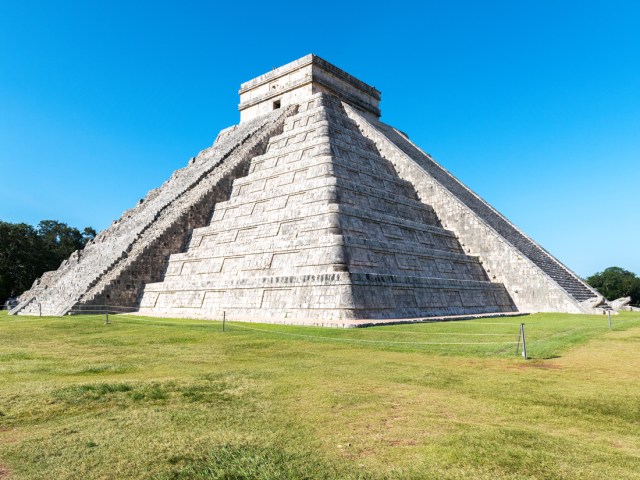
The name Chichén Itzá means “mouth of the well of the Itza,” referring to the group of Maya peoples who ruled this part of Mexico’s Yucatán peninsula in the 13th century. This archaeological site remains one of the region’s most important Maya ruins today. At its heart is the Temple of Kukulcán, which the Spaniards called “El Castillo.”
Architecturally, the pyramid is impressive, with a four-sided, stepped construction whose total number of stairs equals the number of days in the Maya calendar. At the top, there’s a small temple where priests once performed sacred rituals, and inside, archaeologists discovered another temple. Interestingly, during the spring and autumn equinoxes, the serpent deity Kukulcán appears to descend as the sun casts a shadow to create a snakelike silhouette on the pyramid’s staircase when viewed with the stonework at the bottom.
Sigiriya – Sri Lanka

Sigiriya (Lion Rock) is an ancient fortress that tops a vertiginously steep 650-foot-high rock in Sri Lanka. Its significance is the result of a royal feud. During the fifth century, the ruler Kassapa overthrew and entombed his father. In the process, he usurped the throne from his brother Moggallana, who was the rightful heir. In an attempt to remain king, the unpopular monarch constructed a palace atop the plug of an extinct volcano in the hope that it would be easier to defend.
Halfway up this 1,200-step climb, visitors today will pass through a gateway that resembles a lion, hence the site’s name. Other highlights on the way to the top — where the king’s palace lies — include the Mirror Wall and a series of colorful frescoes. And in case you’re wondering, justice was indeed served: Moggallana’s army was able to defeat his power-crazed sibling to retake the kingdom. After Kassapa’s death, Sigiriya became a Buddhist monastery.
More from our network
Daily Passport is part of Inbox Studio, which publishes content that uplifts, informs, and inspires.






